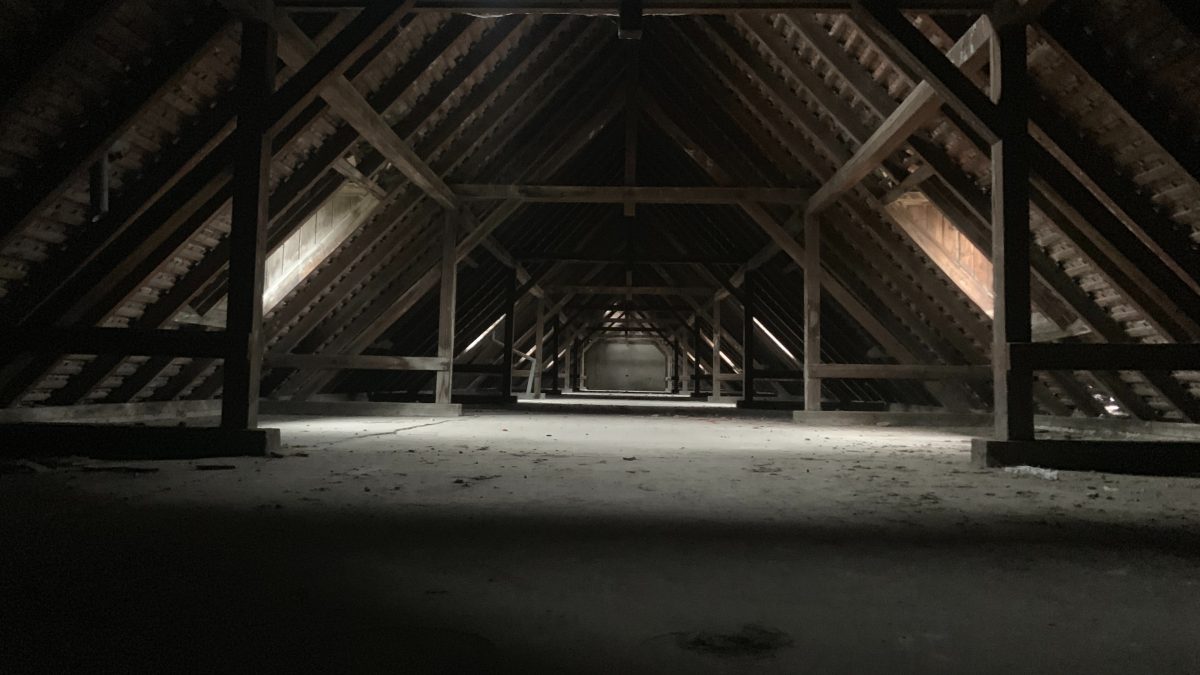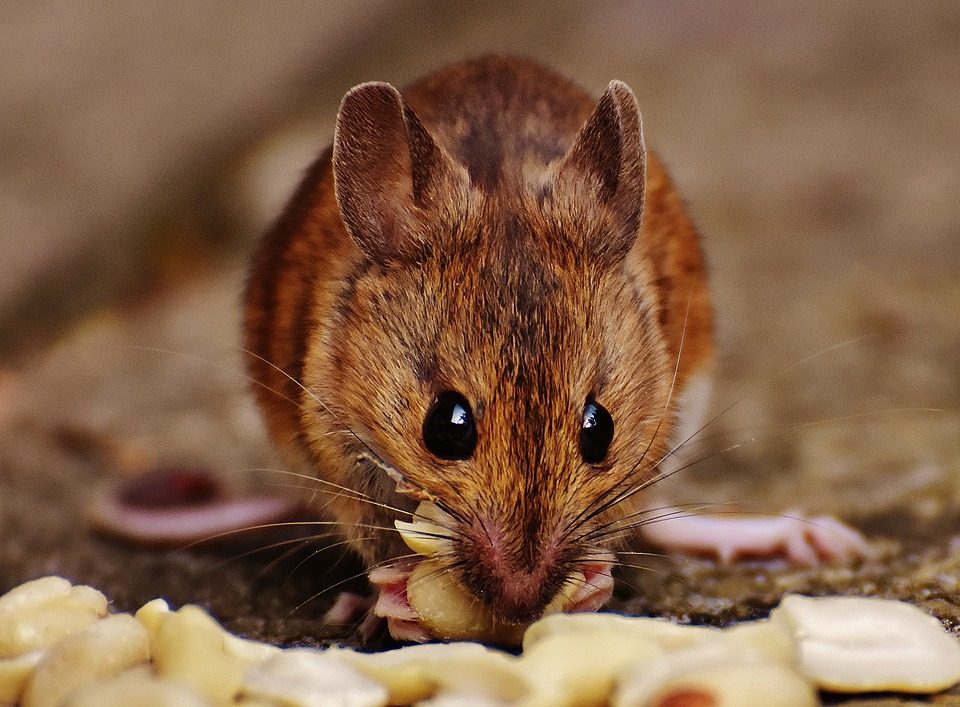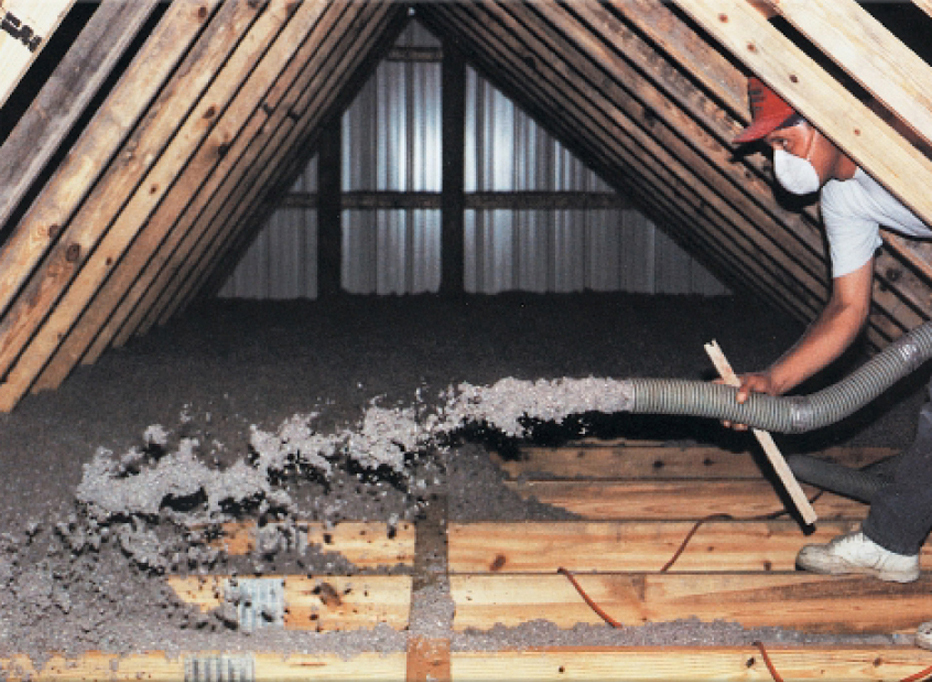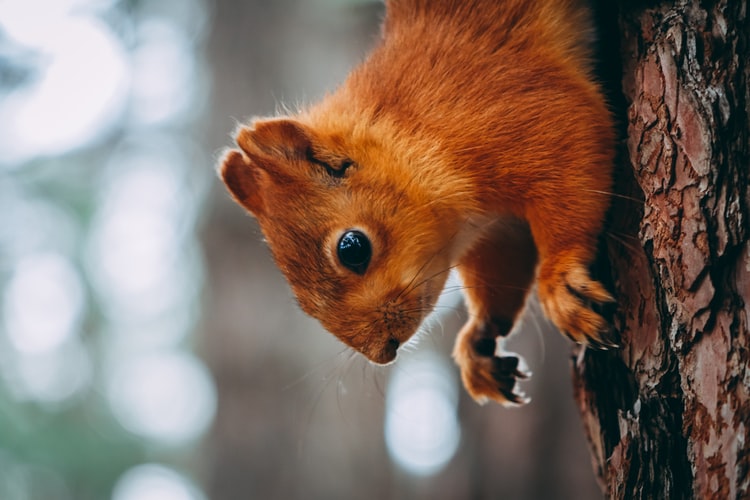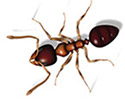

Be Prepared! Mosquito Season is Here
June 4, 2019
5 Questions You Must Ask Any Wildlife Control Company
September 4, 2019Attics serve a much more important function than just storing things. In fact, they were originally designed to provide buildings and structures with a protective barrier against heat, cold and humidity. You need attic insulation services to ensure that your attic continues to provide the same protection. Without proper insulation, your attic won’t be as effective in keeping the elements out.
The benefits of a well-insulated attic cannot be overstated. Here are ways that insulating your attic can help in maintaining a safe, comfortable and energy-efficient home/building:
1. Good insulation helps lower utility bills. Did you know that your home’s heating and cooling system accounts for as much as 50-70 percent of your energy consumption? For an under-insulated home, costs can very easily add because your air conditioning and heating systems have to work harder to maintain favorable temperatures. With attic insulation services, you can potentially save as much as 15 percent on your heating and cooling costs or up to 11 percent on total energy costs by air sealing and insulating critical areas like floors, attics, and crawl spaces.
2. In addition to lowering utility bills, attic insulation services likewise can improve the quality of indoor air. When an attic is under-insulated, it becomes prone to outdoor pollutants including mold, mildew, dust and dirt. Worse still, it can develop air leaks, which introduce even more airborne toxins into the home’s atmosphere, effectively compromising the quality of your indoor air. Properly insulating your attic helps prevent such pollutants from spreading inside the home and affecting the quality of the air that you breathe. Installing new insulation will also help get rid of the pollutants that are already living and festering in your old insulation.
3. Paying attention to attic insulation also helps improve the safety of your home structure by preventing gradual damage that heat and moisture from an improperly insulated attic causes. Good attic insulation keeps water vapor and humid conditions from eroding your walls while slowing down heat buildup, which can cause roofing materials to swell and crack or perhaps cause your wood deck to soften. Good insulation likewise helps mitigate the damaging effects of condensation.



